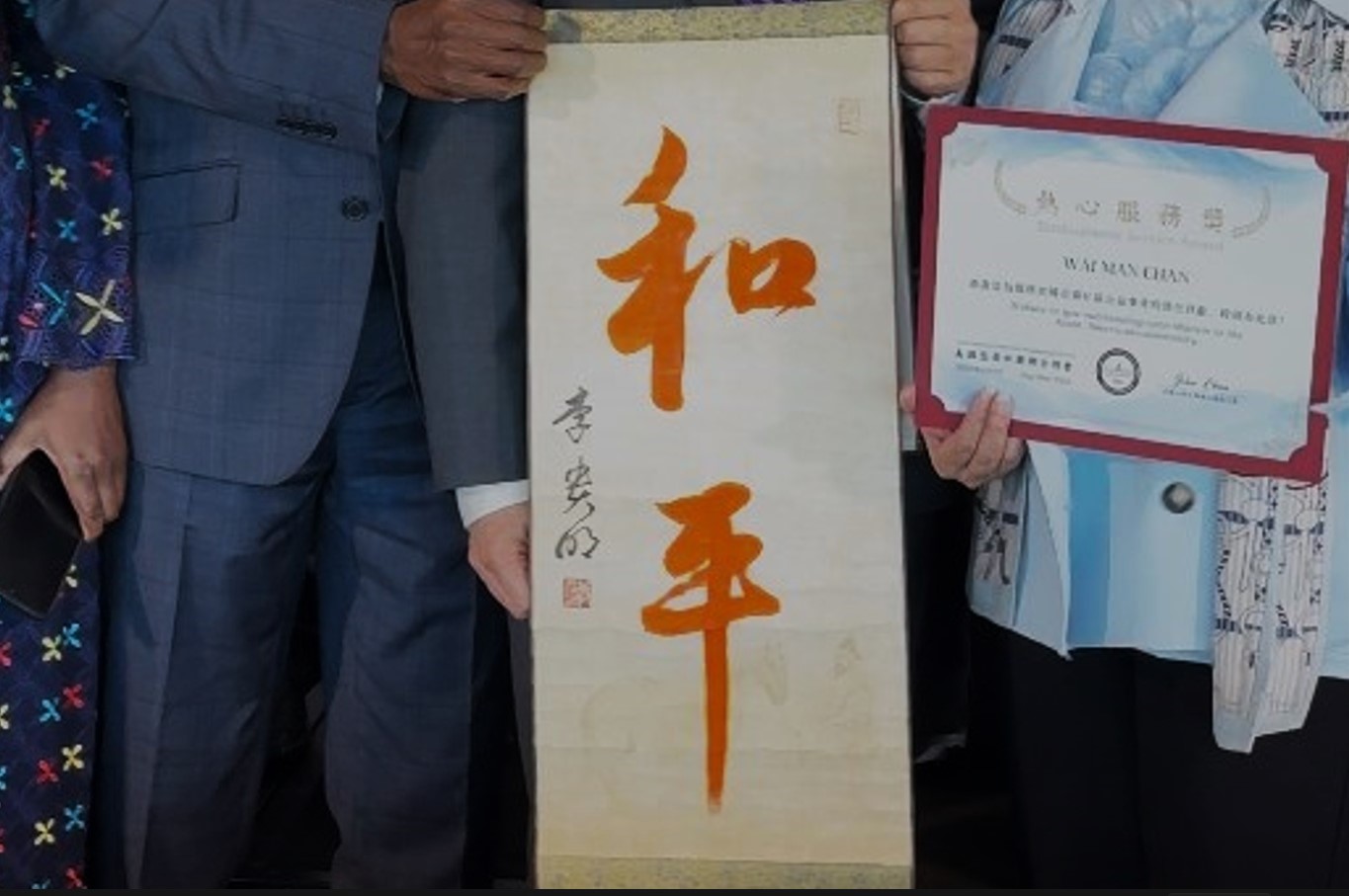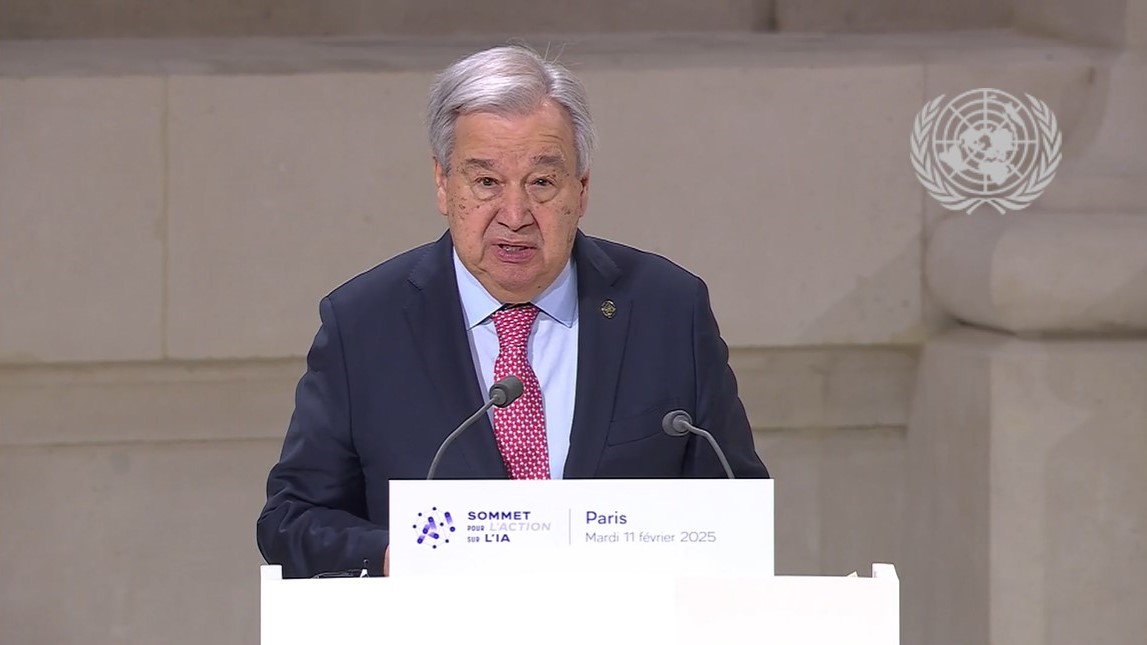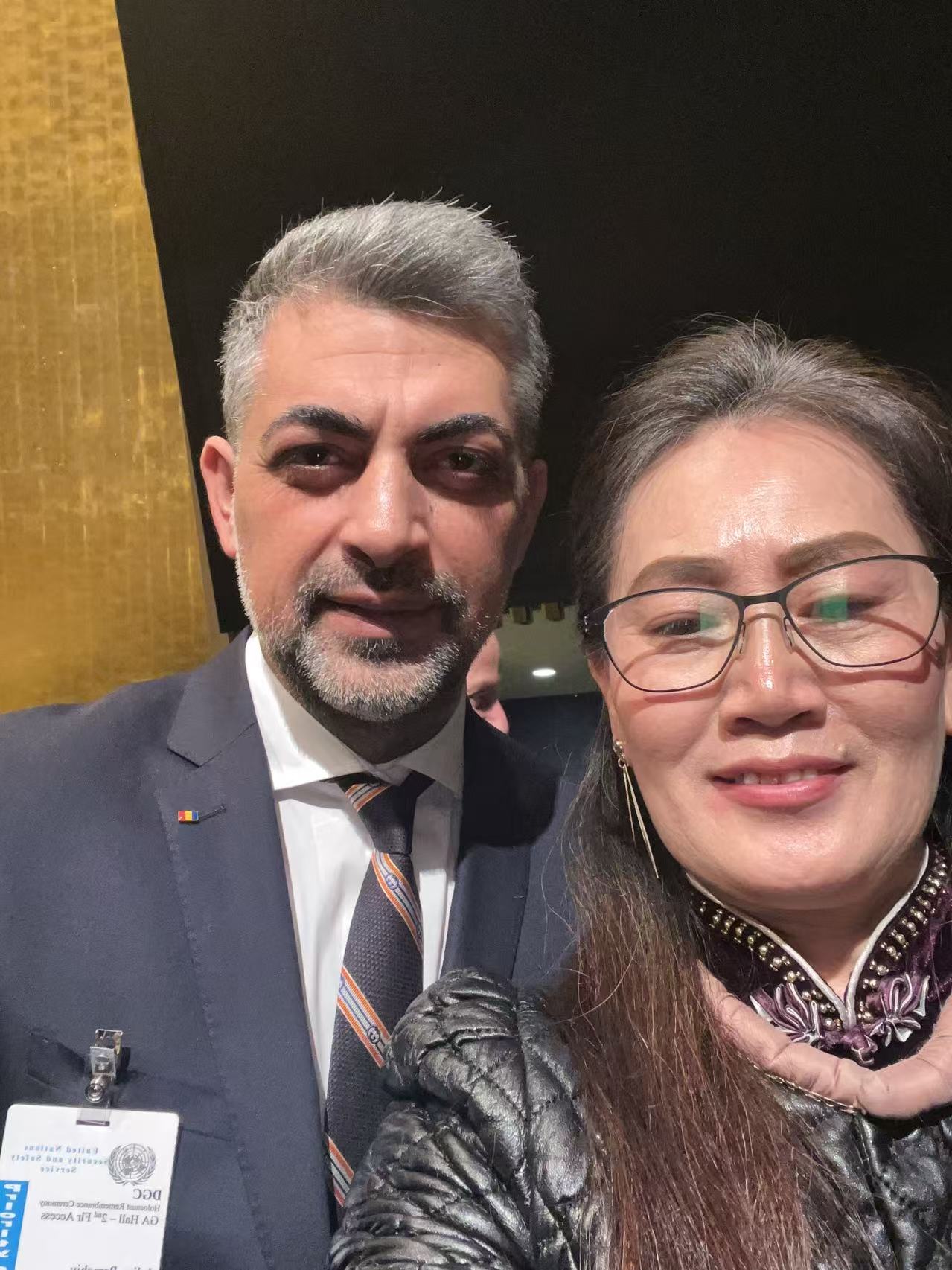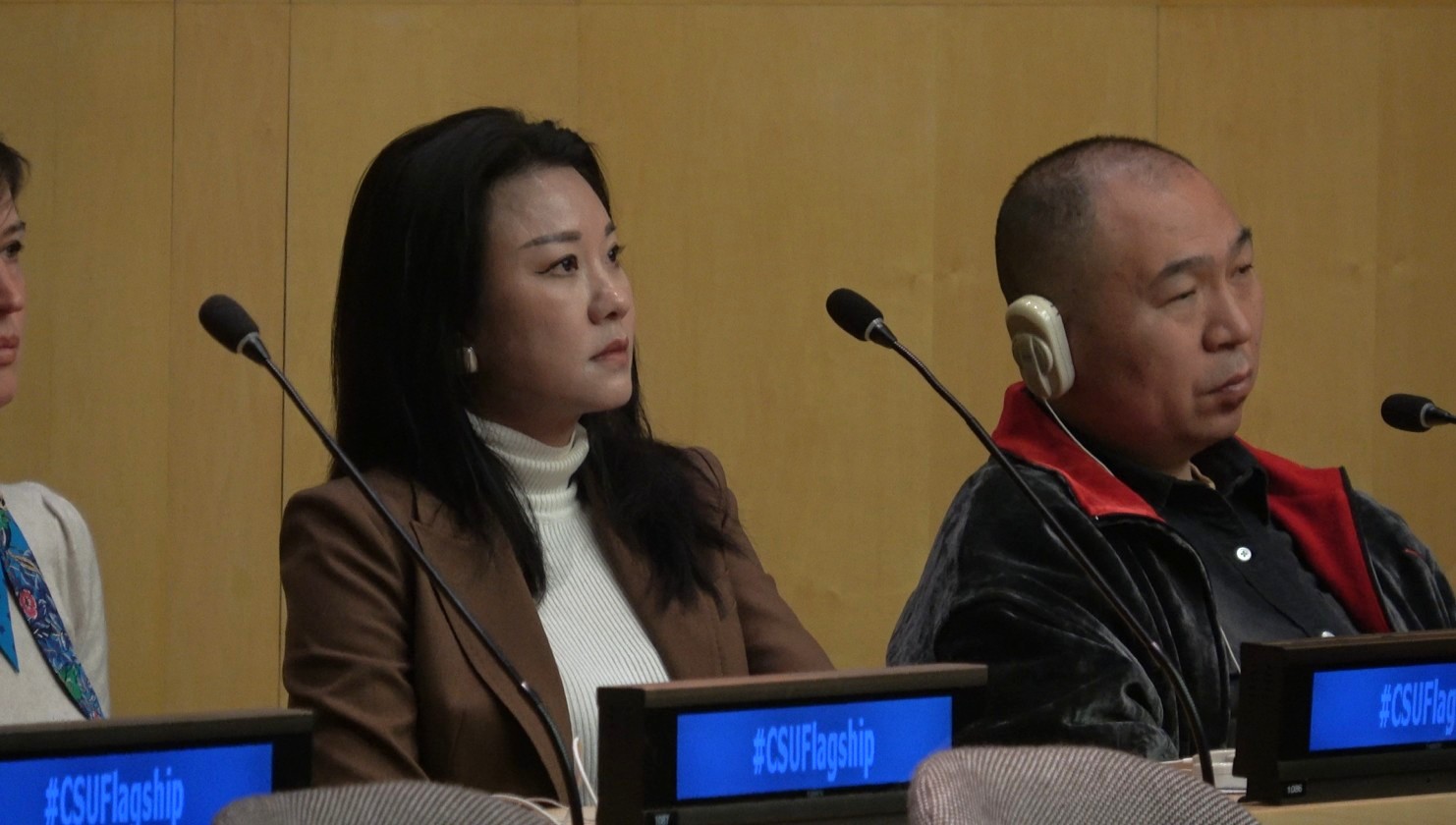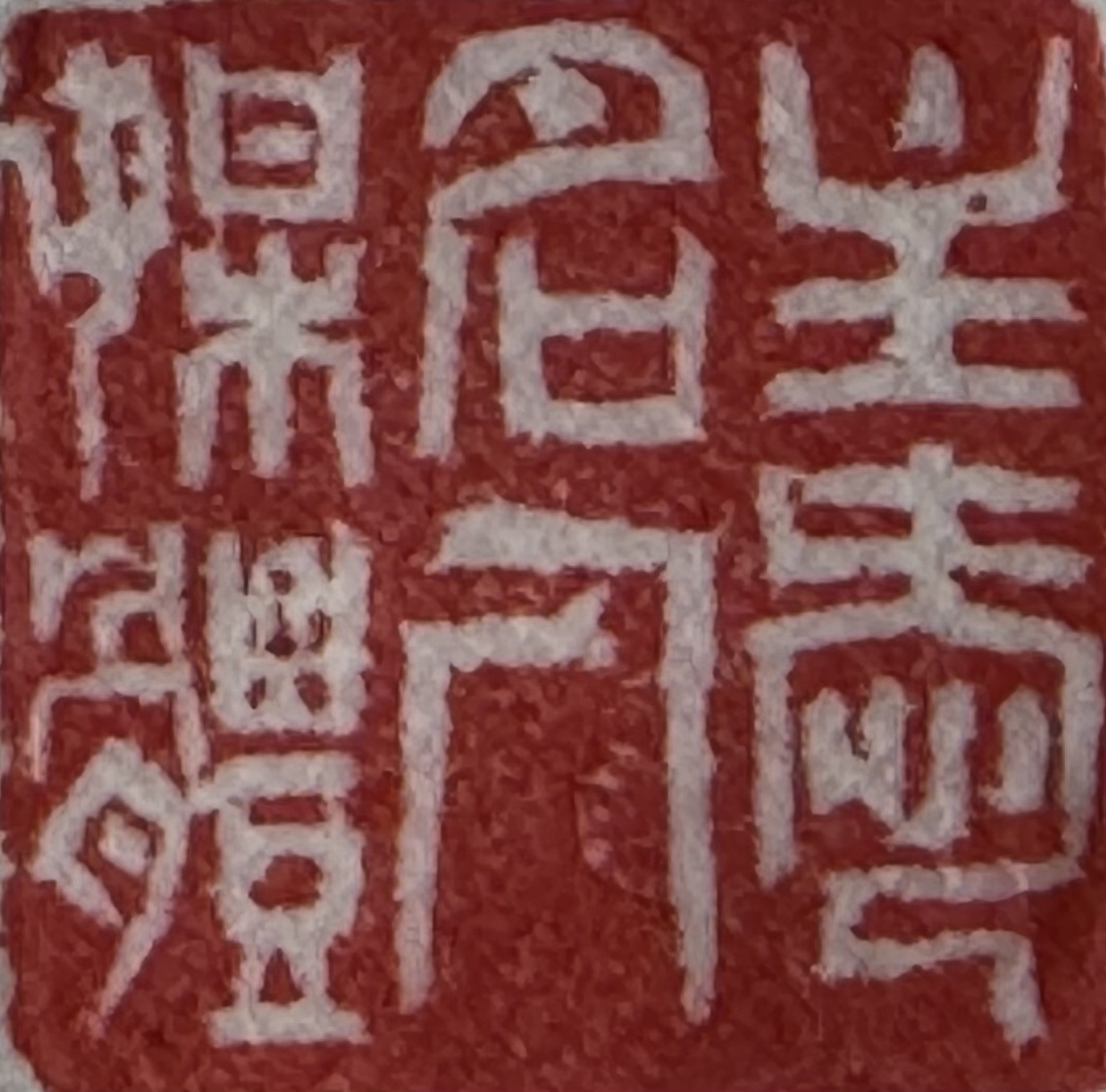,

Nuclear and isotopic techniques, such as radiotracers, enable researchers to monitor and trace how plastics and associated contaminants are taken up by organisms, including brine shrimp pictured here. This information can be used by governments to gain new knowledge and to reinforce and/or adapt seafood safety programmes accordingly. (Photo: F. Oberhaensli and H. Jacob /IAEA)
At the intersection of science, technology and sustainable development, the IAEA supports countries in their efforts to achieve the Sustainable Development Goals (SDGs). At the UN’s 7th annual Multi-stakeholder Forum on Science, Technology and Innovation (STI Forum) for the SDGs last week, IAEA experts and partners showcased just a few of the many ways nuclear science and technology are contributing to development objectives, particularly SDGs 13, 14 and 15 (climate action, life below water and life on land). The IAEA organized and participated in events during the STI Forum, which focused on two of the world’s most pressing environmental challenges: plastic pollution and greenhouse gas emissions.
Monitoring and tracking marine plastic pollution
A healthy ocean is vital for a healthy planet, but the ocean’s well-being is threatened by plastic pollution. Globally, about 9 per cent of plastic waste is recycled, while the rest is disposed of in landfills and often ends up in our rivers and oceans, according to the Organization for Economic Co-operation and Development (OECD). IAEA and guest speakers highlighted the extent of plastic pollution and the IAEA’s NUclear TEChnology for Controlling Plastic Pollution (NUTEC Plastics) initiative, during a side event of the STI Forum on 4 May.
The approach of NUTEC Plastics is twofold: 1) to provide science-based evidence to characterize and assess marine microplastic pollution and 2) to demonstrate the use of ionizing radiation to increase the volume recycled of plastic and transform more plastic waste into reusable resources.
“Actions against plastic pollution at whatever level will only work if the full range of technologies and technological solutions are being applied,” said Martin Krause, Director of Programme Support and Coordination at the IAEA Department of Technical Cooperation. “This includes nuclear technologies that are meant to complement traditional approaches.” NUTEC Plastics uses nuclear methods to precisely track and quantify the movement and impacts of microplastics and co-contaminants.
Nuclear and isotopic techniques that are used for monitoring purposes, such as infrared or Raman spectroscopy, can be used to characterize plastic particles and to understand global pollution, said Marc Metian, Research Scientist in the IAEA Radioecology Lab. In addition to monitoring, radio tracer techniques are used to assess how the health of marine organisms is affected by the presence of microplastic, Metian said.
Hideshige Takada, Professor of Environmental Chemistry of Organic Micropollutants at Tokyo University of Agriculture and Technology, explained that nuclear technology was used to determine that marine plastic pollution began to appear in the Asian region in the 1960s and 1970s. “This means that we can categorically link marine plastics pollution to the onset of our mass plastic consumption,” Takada said. Furthermore, “based on our measurement of smaller microplastics – 300 microns – the levels of microplastic pollution in the water and sediments are close to or even exceeding the threshold concentration that causes adverse effects to marine organisms.”
While nuclear technology provides the means to gather data, one of the main challenges in microplastics research is the lack of an aligned methodology for data collection. Data and science-based information is essential to guide decision making. “At times, we could not intercompare our results, as each country in the region used different sampling strategies and analytical methods,” said Ana Carolina Ruiz-Fernandez, Researcher at the Institute of Marine Sciences and Limnology, National Autonomous University of Mexico. In the Latin America and the Caribbean region, experts founded the Marine-Coastal Research Network of Latin America and the Caribbean (REMARCO) in 2016 to address the region’s marine challenges and to effectively transfer research results to decision makers. The IAEA hosted the side event at the STI Forum in cooperation with REMARCO.
For more than 15 years, the IAEA has supported REMARCO through technical cooperation projects, by facilitating the exchange of information, capacity building, as well as the standardization of data collection methods. “Using sampling kits and harmonized procedures developed by IAEA and REMARCO experts, 15 countries in the region have launched new national microplastic monitoring programmes,” Ruiz-Fernandez said.
Monitoring plastic pollution and the data collected are indispensable to determine the trends of plastic particles in sediment, water and biota in the ocean and to develop informed decision making. “Our tools allow us to identify the distribution, size and toxicity of marine plastics, but we are dealing with a lot of unknowns,” said Florence Descroix-Comanducci, Director of the IAEA Marine Environment Laboratories. “The IAEA is helping to fill knowledge gaps by forging new partnerships, building national capacities and by supporting the establishment of a global network of marine environment laboratories with the capacity to monitor and assess marine plastics pollution.”
Climate-smart agriculture and carbon dioxide removal
When it comes to climate change, nuclear and isotopic techniques are also utilized to provide precise information on the sources and pathways of greenhouse gas (GHG) emissions. Together with the Food and Agriculture Organization of the United Nations (FAO), the IAEA is using these techniques towards the reduction of GHG emissions through climate-smart agriculture. Last year, the IAEA and FAO published a book on the methodologies to measure agricultural GHG emissions and to develop mitigation options using nuclear and related techniques.
Agriculture, together with forestry and other land uses, accounts for about 25 per cent of global GHG emissions, said Lee Kheng Heng, Head of the Soil and Water Management and Crop Nutrition Section at the Joint FAO/IAEA Centre of Nuclear Techniques in Food and Agriculture. Heng presented at the STI Forum’s session on carbon dioxide removal (CDR) technologies on 6 May. “While agriculture is a source of greenhouse gases, it is also a victim because of the negative impact of greenhouse gases on soil quality and agricultural production,” she said.
The agricultural sector has much to offer in nature-based CDR techniques to help stabilize the global temperature, as well as to provide food security, explained Heng. Soil serves as a major carbon sink, able to absorb about one third of anthropogenic carbon dioxide emissions. Adopting climate-smart agricultural practices that are guided by nuclear techniques can enhance carbon sequestration in soil, Heng added.
 Celebrity Media TV
Celebrity Media TV

